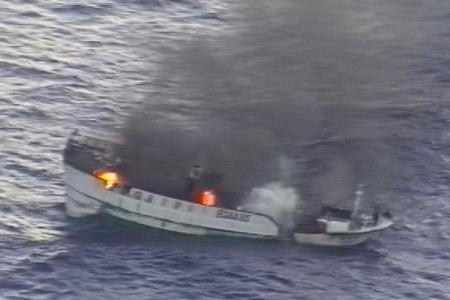Washington Gubernatorial hopefuls Jay Inslee and Rob McKenna are offering some ideas about how to bolster the region’s maritime industry but didn’t specifically say how they would pay for those improvements.
Both candidates spoke at the Bering Seas Fisheries Conference in Seattle on Tuesday, April 26, telling commercial fisherman, shipbuilders and others in the crowd that they would work to improve freight mobility and workforce training opportunities to keep Washington state competitive with Asia and others.
The Republican McKenna said he’ll work to lower the regulatory burden for businesses, open the state-run workers compensation program to competition, and boost K-12 and higher education spending.
 Seattle Injury Lawyer Blog
Seattle Injury Lawyer Blog


